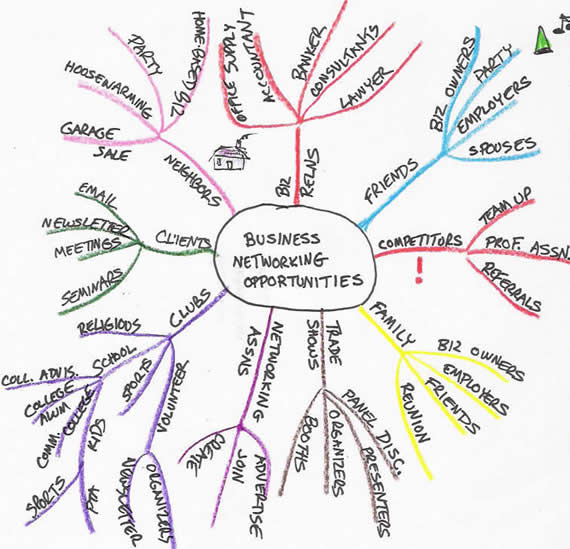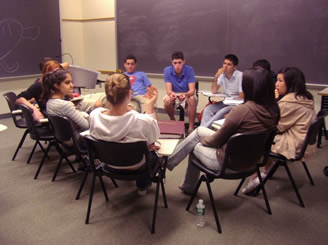
Many people have been commenting about Frans Johansson’s The Medici Effect:
“Brainstorming [is] used in nearly all of the world’s largest companies, nonprofits, and government organizations. And the reasons seem obvious… “The average person can think of twice as many ideas when working with a group than when working alone.”… But is it true?
In 1958… psychologists let groups of four people brainstorm about the practical benefits or difficulties that would arise if everyone had an extra thumb on each hand after next year. These people were called “real groups” since they actually brainstormed together. Next, the researchers let “virtual groups” of four people generate ideas around the “thumb problem”, but they had to brainstorm individually, in separate rooms. The researchers combined the answers they received from each [virtual group] individual and eliminated redundancies… They then compared the performance between real groups and virtual groups…
To their surprise, the researchers found that virtual groups, where people brainstormed individually, generated nearly twice as many ideas as the real groups.
The result, it turned out, is not an anomaly. In a [1987 study, researchers] concluded that brainstorming groups have never outperformed virtual groups. Of the 25 reported experiments by psychologists all over the world, real groups have never once been shown to be more productive than virtual groups. In fact, real groups that engage in brainstorming consistently generate about half the number of ideas they would have produced if the group’s individuals had [worked] alone.
In addition, in the studies where the quality of ideas was measured, researchers found that the total number of good ideas was much higher in virtual groups than in real groups.”
I’ve found that interactive brainstorming groups generally suffer from the “too loud, too fast” phenomenon.
Groups tend to be dominated by the most vocal people. When someone else is talking you’re trying to balance listening to their ideas and thinking about your own. Furthermore, “group extroverts” can be intimidating.
The goal of brainstorming is to come up with as many ideas as you can as quickly as possible. The idea is by working quickly, you prevent the inner critic from stifling a (part of a) new solution. This means that the group operates a certain speed (which varies during the meeting, but it’s the goal of the facilitator to reduce the “lows”). One speed doesn’t work for all, frustrating both the quicker and the slower thinkers.
As a result, “real” brainstorming meetings aren’t harnessing the full creative power of the group.
Virtual groups don’t suffer from “too loud, too fast”. It operates at your speed, and is much more comfortable. In a parallel virtual group, each member goes to a different location for fifteen minutes and writes down ideas, then combines them into a single list. In a sequential virtual group, each member thinks for fifteen minutes, and passes their ideas to the next person, who then adds their ideas to the list. Examples of this are online bulletin boards and blog discussions.
Does this mean that you should discontinue “real” brainstorming sessions? Yes and No.
Yes, stop holding the “too loud, too fast” classic brainstorming meetings. They can produce results, but disenfranchise many people. Business management holds to look like they’re doing something (“Hey, we care enough to hold brainstorming meetings”).
No, don’t lose the human-ness of the meetings. The goal of the group is to continue to evolve into a community, working together to solve problems.


 Brainstorming is one of many creative problem solving techniques. While you can use any size group, we believe it works best when done in a facilitated group of 5-10 people. The more diverse the group the more diverse the input. The group members don’t need to be experts in your field. In fact, they don’t need to know anything about the problem topic at all!
Brainstorming is one of many creative problem solving techniques. While you can use any size group, we believe it works best when done in a facilitated group of 5-10 people. The more diverse the group the more diverse the input. The group members don’t need to be experts in your field. In fact, they don’t need to know anything about the problem topic at all!